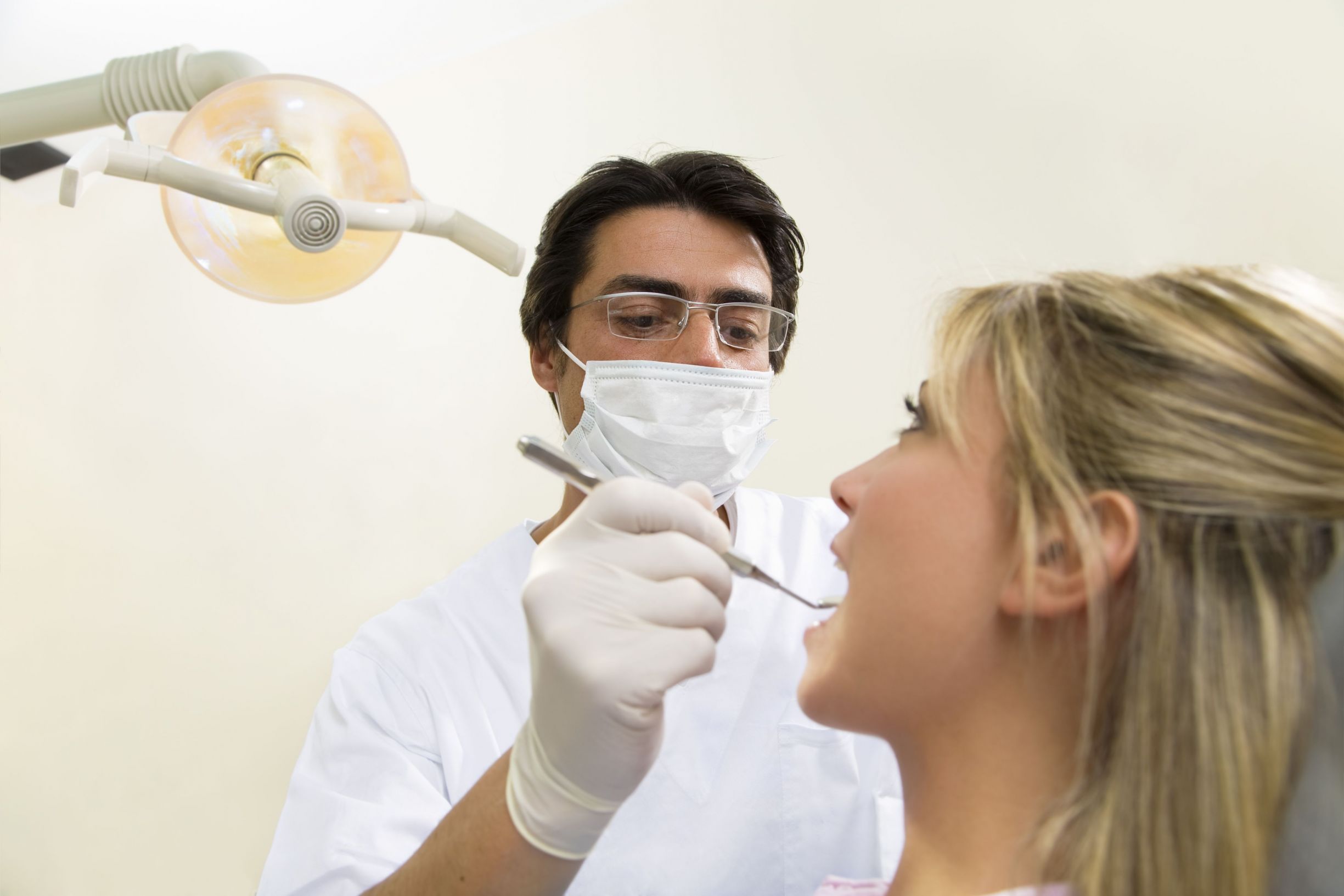The word “laser” is an acronym meaning “Light Amplification by Stimulated Emission of Radiation.” In other words, it is a high energy beam with specific properties that has the ability to interact with irradiated tissue, achieving a therapeutic effect. Laser technology is a hot item in dentistry, even though it was incorporated in the medical field back in the 1960s. Lasers are concentrated light beams which are transmitted through smooth optical fibers, pulsating at a high temperature in a centralized area (in this case, the oral mucosa or teeth). If you are interested in learning more about laser dentistry in San Jose, continue reading.
Dental procedures performed with lasers
Basically, dentists can use lasers for hard tissue, such as bone or tooth and soft tissue. Today, there are many applications in which the laser can be used, depending on the device you are using. The following dental specialties use lasers:
* Conservative Dentistry
* Removing cavities or old fillings;
* Periodontics
* Used as an assistant to treat gingivitis and periodontitis because of its high bactericidal power;
* Periodontal Surgery
* Can be used for gingivectomy, crown lengthening and as adjunctive therapy to surgical removal of bags;
* Oral Surgery
* For any removal of diseased tissue, due to its ability clotting;
* Biomoduladora Therapy
* Preventive treatment of postoperative pain and inflammation (eg, wisdom tooth), canker sores, cold sores, TMJ treatment, dental sensitivity, etc.; and
* Teeth whitening
*The effect of the laser speeds up the chemical reaction of the gel that is applied.
The vast majority of patients are truly comfortable during treatment. However, sometimes there may be some sensitivity, when the caries process is well advanced, or when you have to go deeper into the tissue. Dental lasers are considered a “newly emerging tool.” However, in the United States and Canada as well as in Europe, Asia and Australia, thousands of patients daily are undergoing treatment with lasers. Seeking dentistry in San Jose has never been easier. If science and technology can achieve satisfactory results and they match the needs of patients, the objective is a double compliment. Due to the effects they have on tissues, and how they produce results, working comfort for both the patient and the dentist is magnified immensely. Dentists aim to incorporate this new tool to provide patients with what they were always asking for: Dentistry without pain.


